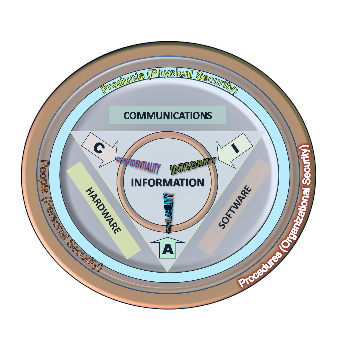HTTPS versus HTTP, the debate is over.

SSL is secure socket layer ie. HTTPS:// instead of HTTP://
Every web page that is sent via HTTP:// is in plan text and can easily be intercepted or even changed via what is know as "man in the middle" or "man on the side" attacks.
Mobile network provides often "improve" HTTP web pages by injecting their own scripts & images, often these unwanted "improvements" break the page being served. HTTPS prevents the carriers from being able to inject their own content.
Even when you only access the system via


